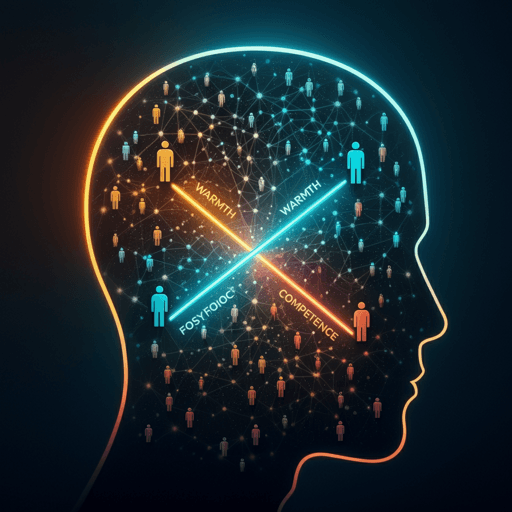
Psychology
Distance and grid-like codes support the navigation of abstract social space in the human brain
Z. Liang, S. Wu, et al.
People infer personality along two universal dimensions — competence and warmth — forming a 'social cognitive map.' This study tested how spatial coding supports representation and navigation of such an abstract social space by creating a social value space defined by competence and warmth. Behaviorally, participants navigated to learned locations from random starts; neurally, distance appeared in precuneus, fusiform and middle occipital gyri, with grid-like signals in mPFC and entorhinal cortex linked to navigation performance and social avoidance. This research was conducted by Zilu Liang, Simeng Wu, Jie Wu, Wen-Xu Wang, Shaozheng Qin, and Chao Liu.
Related Publications
Explore these studies to deepen your understanding of the subject.







